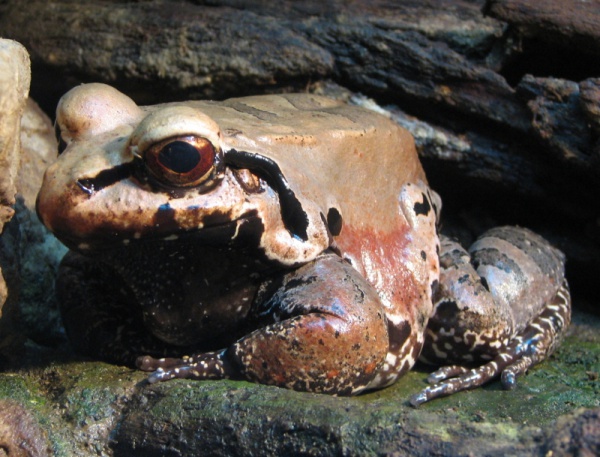Facts About Smoky jungle frog
The Smoky Jungle Frog, a captivating member of the Leptodactylidae family, can be found in countries such as Bolivia, Brazil, Colombia, Ecuador, French Guiana, and Peru. These frogs thrive in diverse environments, ranging from lush forests and swamps to rivers, marshes, and ponds.
An intriguing aspect of these frogs is that males are typically slightly larger than females, growing up to 18 cm in length. They feature a rounded snout, long fingers and toes, and distinct color patterns, making them easily recognizable.
Although they primarily inhabit tropical rainforests, Smoky Jungle Frogs can also be found in dry forests and lower montane forests. As nocturnal creatures, they become active at night and spend their days hiding in burrows or beneath leaf litter. When threatened, they employ remarkable defense mechanisms, such as releasing noxious skin secretions and emitting a high-pitched scream.
Their diet evolves as they mature. Juveniles consume small arthropods, while adults pursue larger prey like frogs, lizards, snakes, and even small birds and mammals. The tadpoles are omnivorous, feeding on a combination of vegetation, other tadpoles, and eggs.
The breeding season is particularly notable. Males attract females with a distinctive call and subsequently lay around 1,000 eggs in a foam nest near water. These eggs hatch within a few days, and the tadpoles develop rapidly before metamorphosing into adult frogs. One fascinating feature of the tadpoles is their serrated jaw sheaths and rows of teeth.

 Brazil
Brazil